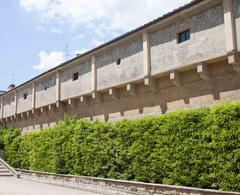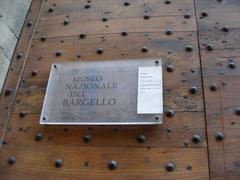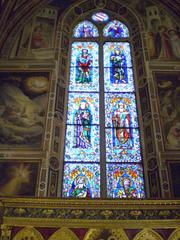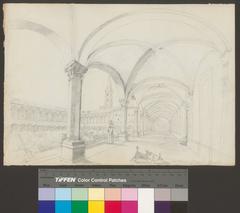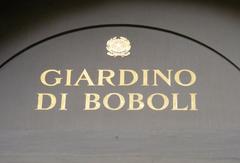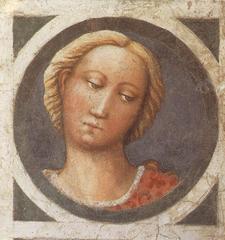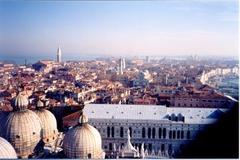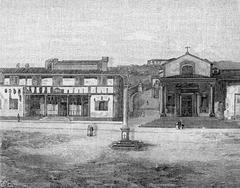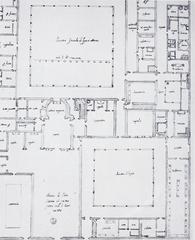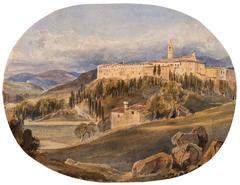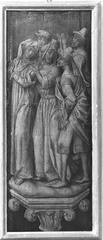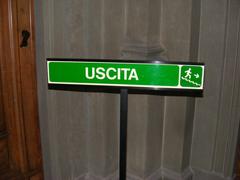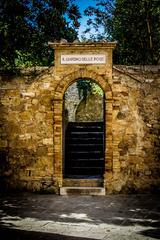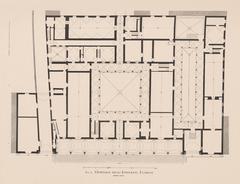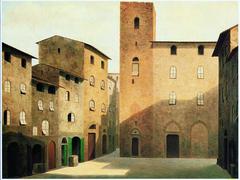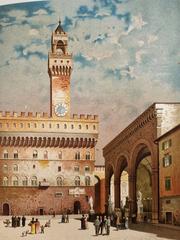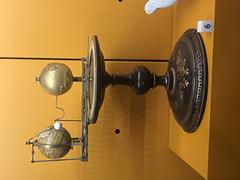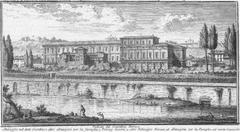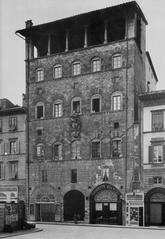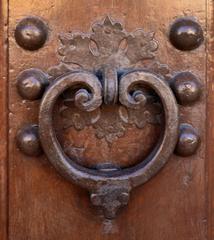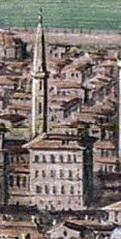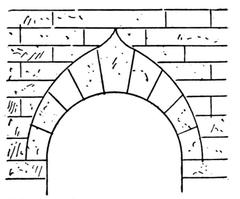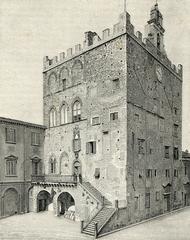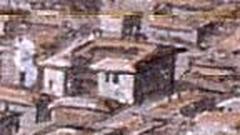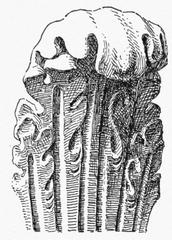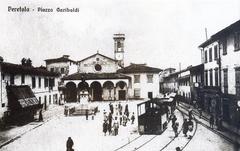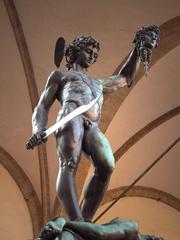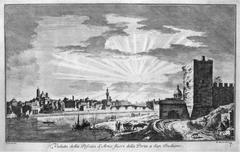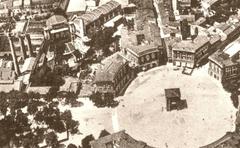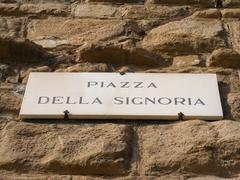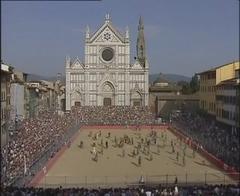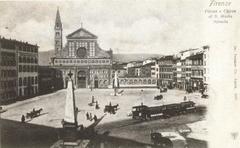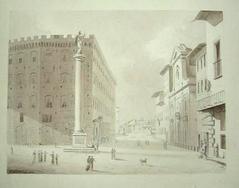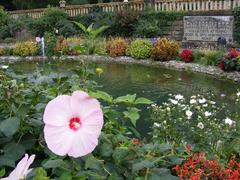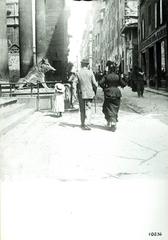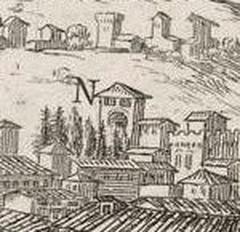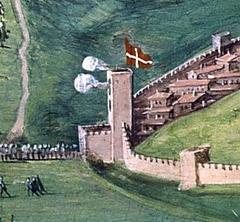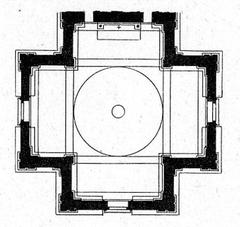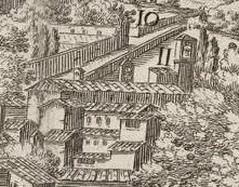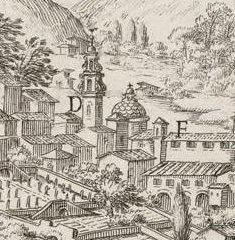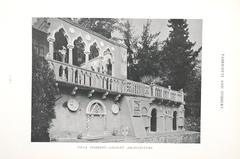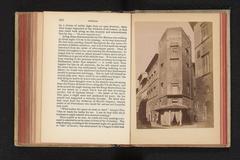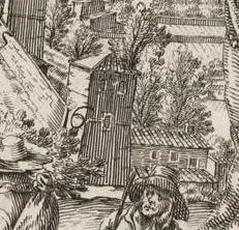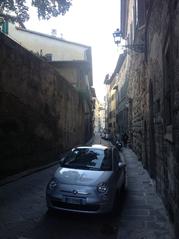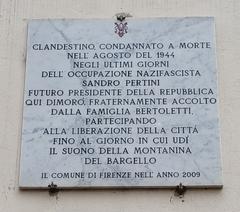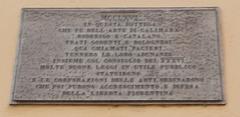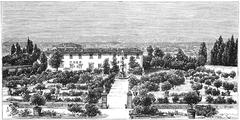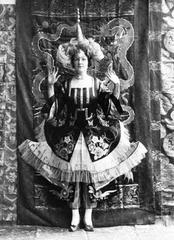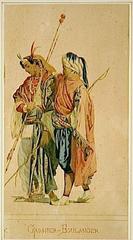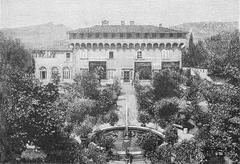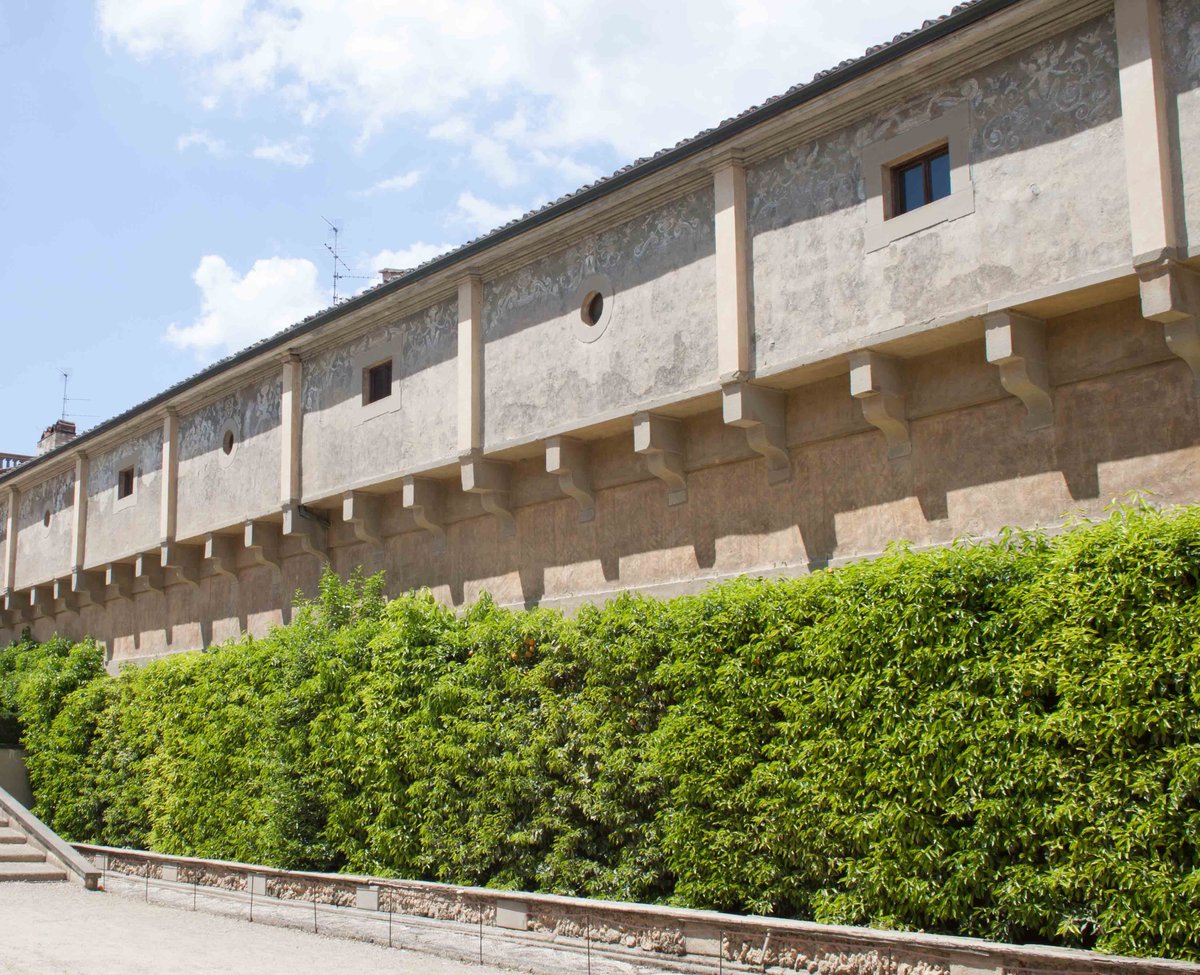
Comprehensive Guide to Visiting Corridoio Vasariano, Florence, Italy
Date: 20/07/2024
Introduction
The Corridoio Vasariano, or Vasari Corridor, is one of Florence’s hidden gems and a symbol of the city’s rich Renaissance heritage. This elevated enclosed passageway, designed by Giorgio Vasari in 1565, was commissioned by Duke Cosimo I de’ Medici to connect the Palazzo Vecchio with the Palazzo Pitti. The corridor served as a secure and private route for the Medici family, allowing them to traverse Florence without mingling with the public (Florence Inferno). Stretching approximately one kilometer, the corridor runs through the Uffizi Gallery and over the iconic Ponte Vecchio, offering stunning views of the Arno River and the city. Over the centuries, it has housed an extensive collection of artworks, primarily self-portraits by renowned artists, making it a significant cultural and historical site (Uffizi Galleries). The corridor’s reopening in 2024, following extensive renovations, is highly anticipated by art enthusiasts and historians alike, eager to explore its treasures and gain deeper insights into the Medici family’s influence on Florence (The Florentine).
Table of Contents
- Introduction
- Origins and Construction
- Architectural Features
- Historical Significance
- Art Collection
- World War II and Restoration
- Modern-Day Access and Renovations
- Cultural Impact
- Visitor Tips
- Additional Visitor Information
- FAQ
- Conclusion
Origins and Construction
The Corridoio Vasariano was commissioned by Duke Cosimo I de’ Medici in 1565 to celebrate the marriage of his son, Francesco I de’ Medici, to Joanna of Austria. Designed by Giorgio Vasari, a renowned painter, architect, and writer, the corridor was completed in just five months. Its primary purpose was to provide the Medici family with a secure and private route between their residence at Palazzo Pitti and the government offices at Palazzo Vecchio (Florence Inferno).
Architectural Features
The corridor stretches approximately one kilometer (0.62 miles) and begins at the Palazzo Vecchio, runs through the Uffizi Gallery, crosses the Arno River via the Ponte Vecchio, and ends at the Boboli Gardens adjacent to the Palazzo Pitti. One of its most remarkable features is its passage over the Ponte Vecchio, offering stunning views of the Arno River and the city of Florence. The design includes small windows strategically placed to allow the Medici family to observe the city without being seen (Uffizi Galleries).
Historical Significance
The Corridoio Vasariano symbolizes the power and influence of the Medici family in Florence. It allowed them to move freely and safely between their residence and the seat of government, avoiding the bustling streets below. This private passageway also served as a means of surveillance, enabling the Medici to monitor the activities of their subjects discreetly. The corridor’s construction marked a significant architectural achievement of the Renaissance period, showcasing Vasari’s ingenuity and the Medici’s patronage of the arts (Visit Florence).
Art Collection
Over the centuries, the Corridoio Vasariano has housed an extensive collection of artworks, primarily self-portraits by renowned artists. Initiated by Cardinal Leopoldo de’ Medici in the 17th century, the collection includes works by artists such as Rembrandt, Rubens, and Velázquez. With over 1,000 paintings, it is one of the most significant collections of self-portraits in the world. This unique gallery offers visitors a glimpse into the evolution of portraiture and the artistic styles of different periods (The Florentine).
World War II and Restoration
During World War II, the Corridoio Vasariano suffered significant damage when the German army destroyed parts of the Ponte Vecchio and the surrounding area to hinder the advancing Allied forces. Fortunately, the corridor itself was spared from complete destruction, thanks to the intervention of German consul Gerhard Wolf. Extensive restoration efforts were undertaken in the post-war period to repair the damage and restore the corridor to its former glory (Florence Inferno).
Modern-Day Access and Renovations
In recent years, the Corridoio Vasariano has undergone several renovations to improve accessibility and preserve its historical integrity. Closed to the public in 2016 for extensive restoration work, the corridor is now expected to welcome visitors again in 2024. These renovations include structural reinforcements, climate control installations, and modern safety features, enhancing the visitor experience while preserving this historic landmark for future generations (Uffizi Galleries).
Cultural Impact
The Corridoio Vasariano is a testament to the Medici family’s legacy and their contributions to the Renaissance. Its unique blend of architecture, history, and art has made it a symbol of Florence’s rich cultural heritage. The corridor’s reopening is highly anticipated by art enthusiasts and historians alike, who look forward to exploring its treasures and gaining a deeper understanding of the Medici’s influence on the city (The Florentine).
Visitor Tips
For those planning to visit the Corridoio Vasariano, it is essential to book tickets in advance due to its limited capacity and high demand. Guided tours are highly recommended, as they provide valuable insights into the corridor’s history, architecture, and art collection. Comfortable walking shoes are advisable, given the length of the corridor and the uneven surfaces in some areas. Photography is generally allowed, but it is best to check specific guidelines before your visit. Lastly, take the time to enjoy the breathtaking views of Florence from the corridor’s windows, offering a unique perspective of the city’s iconic landmarks (Visit Florence).
Additional Visitor Information
- Visiting Hours: The Corridoio Vasariano is expected to reopen in 2024. Check the official Uffizi Galleries website for the latest visiting hours.
- Tickets: Prices for tickets will be available on the official Uffizi Galleries website. Booking in advance is recommended.
- Accessibility: The corridor has been renovated to include modern safety features, but it is advisable to check specific accessibility options beforehand.
- Nearby Attractions: While visiting the Corridoio Vasariano, consider exploring other nearby historical sites such as the Uffizi Gallery, Palazzo Vecchio, and the Boboli Gardens.
Frequently Asked Questions (FAQ)
Q: What are the Corridoio Vasariano visiting hours?
A: The visiting hours will be updated on the official Uffizi Galleries website closer to the reopening date in 2024.
Q: How much are tickets to the Corridoio Vasariano?
A: Ticket prices will be available on the official Uffizi Galleries website. Booking in advance is highly recommended.
Q: Is the Corridoio Vasariano wheelchair accessible?
A: The corridor has been renovated to include modern safety features. Check specific accessibility options on the official Uffizi Galleries website.
Conclusion
The Corridoio Vasariano stands as a testament to the ingenuity of Renaissance architecture and the cultural impact of the Medici family. Its historical and artistic significance, combined with the breathtaking views of Florence it offers, make it a must-visit destination for anyone exploring the city. The corridor’s extensive art collection, especially the self-portraits by renowned artists, provides a unique glimpse into the evolution of portraiture and artistic styles through the ages (Visit Florence). The recent renovations have not only preserved this historical landmark but also enhanced its accessibility and visitor experience. Whether you’re an art enthusiast, history buff, or curious traveler, the Vasari Corridor offers an unforgettable journey through Florence’s rich cultural heritage. As the corridor reopens its doors in 2024, visitors are encouraged to book their tickets in advance, take guided tours for comprehensive insights, and explore the surrounding attractions to fully immerse themselves in the Florentine experience (Uffizi Galleries).
References
- Discover the History and Visiting Tips for Corridoio Vasariano in Florence, n.d., Florence Inferno source url
- The Vasari Corridor Reopening, 2020, The Florentine source url
- The Vasari Corridor, n.d., Uffizi Galleries source url
- Vasari Corridor Reopening, n.d., Visit Florence source url
